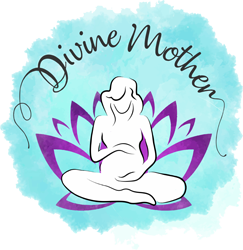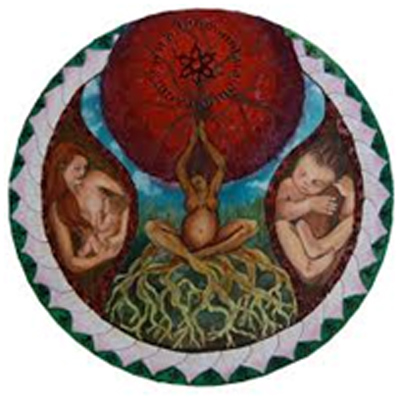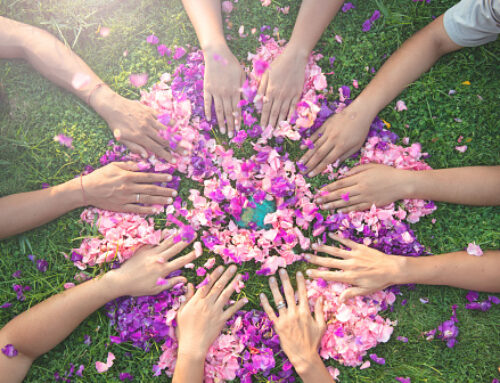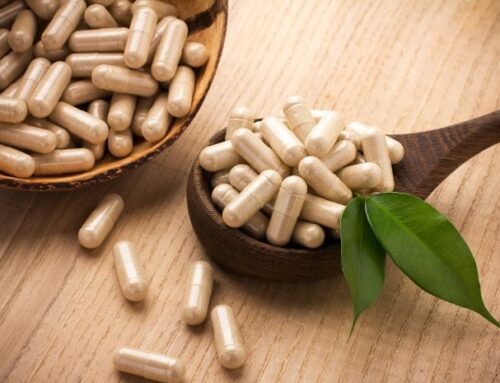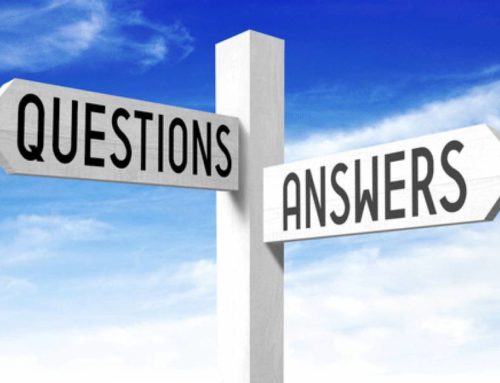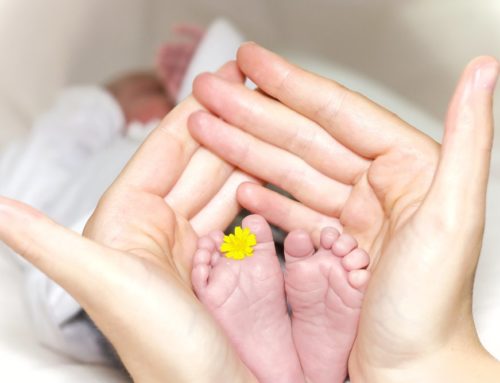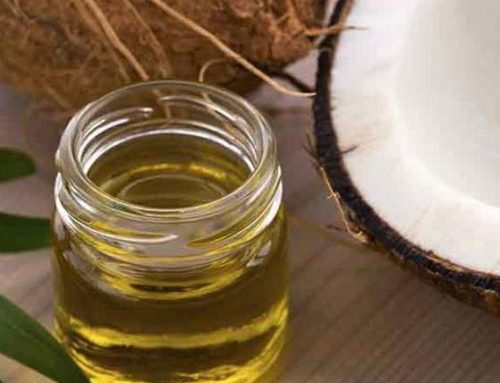When I gave birth to my sons 11 and 12 years ago no one talked to me about the placenta. I have no idea where the two placentas went or how they were disposed. It was a forgotten and ignored organ. Like anyway, what’s the big deal you may ask?
I literally had no discussion or thought about the placenta until I moved with my family to Bali in 2011. In this very nurturing, connected and spiritually conscious place, I spoke with many local and international mothers about birth ceremonies and the placenta for post partum moments. It was in these moments I felt so sad and heartless. I felt like I turned my back on such an important and valuable organ. This sacred placenta organ is what kept my baby nourished and alive for 9 months! This is where my true passion of honouring the Placenta and passing on information and wisdom began.
Since then, I have discovered the health benefits of ingesting the placenta in the form of encapsulation. Placentophagia or placenta consumption has proven common within Chinese Medicine the last 1400 years to treat a variety of health conditions. (Beacock, 2013; Cremers& Low, 2014; Gavalan, 2014;Maraccini & Gorman, 2015).It has begun to grow in the Western Cultures since the 1970’s as a way to prevent illness and celebrate the placenta and birth. More recently, the emphasis has also focused upon healthy eating and natural living.
Mothers report that the Placenta can also help with milk supply, post partum recovery, pain relief and hormone balancing. There are also claims that ingestion of the placenta helps to restore necessary fats, proteins, nutrients and hormones that may have been depleted during pregnancy and childbirth. (Selander et al., 2013).
“Other potential benefits may include improved mother– infant interaction, suppression of postpartum pseudopregnancy, and increased iron levels” (Cre-mers& Low, 2014).
Through volumes of research we know that throughout pregnancy this incredible, temporary endocrine (hormone producing) organ of life produces vitamin B6, iron, progesterone, oestrogen, prolactin, oxytocin and relaxin, just to name a few. We also know that a woman can lose up to 18% of her iron stores after giving birth. With studies showing iron deficiency is linked to postnatal depression, more and more women are drawn to using their placenta for their postnatal recovery.
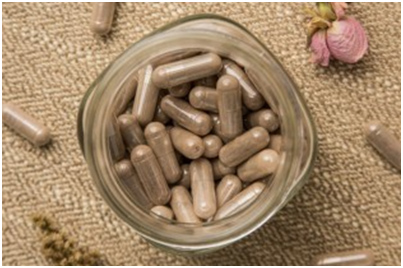
How is the placenta encapsulated?
In the placenta encapsulation process, the placenta is carefully prepared, steamed, dehydrated, ground into a powder and sealed in vitamin-size vegan capsules.
I personally collect the placenta once it has been birthed. Just get your support partner to sms me and I will collect it within 12 hours and personally deliver the placenta capsules back to you within 12-24 hours after collection of the placenta.
There are two methods for encapsulating the placenta, Traditional Chinese Method (TCM) and Raw Method. The TCM Method involves the placenta carefully prepared, steamed, slowly dehydrated, ground to a powder and then placed into vegan capsules. The Raw Preparation Method is the same to that of TCM, excluding the steaming of the placenta.
How many capsules will I get from my placenta?
Every placenta is different, because is depends on the weight of the placenta. Typically the placenta is about 15% of the baby’s weight. So the larger the baby, the bigger the placenta and the more capsules.
Another variable is the capsule size. I personally use size 00 Vegetarian capsules.
Commonly a placenta will yield from 100 – 250 capsules. Most women will receive enough capsules to last between 6 – 12 weeks postpartum.
If you would like to further discuss the placenta, please feel free to email me at: infodivinemother@gmail.com or sms/call: 0412855992
You may also book in for placenta encapsulation, by clicking on this link: http://www.divinemother.com.au/placenta-encapsulation/
